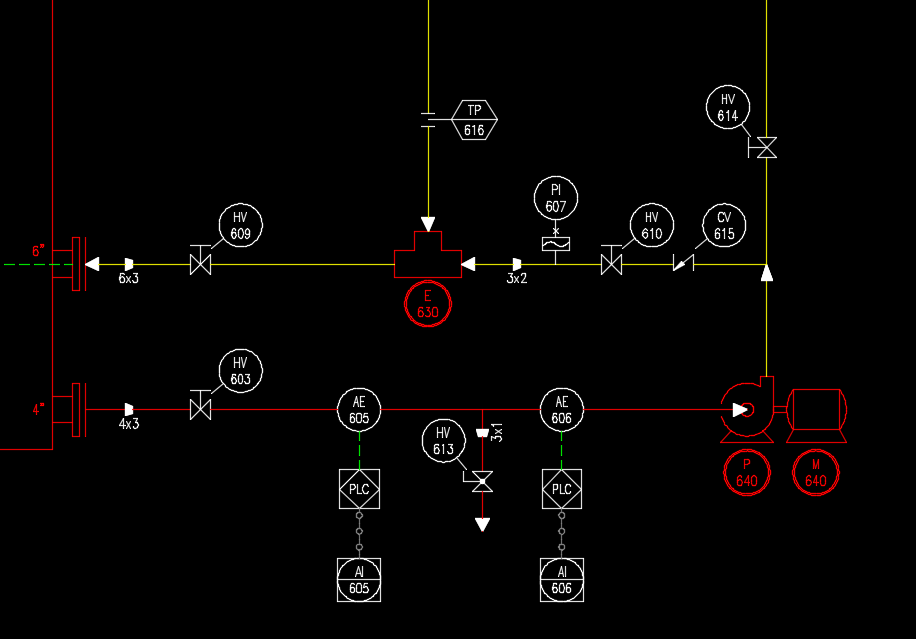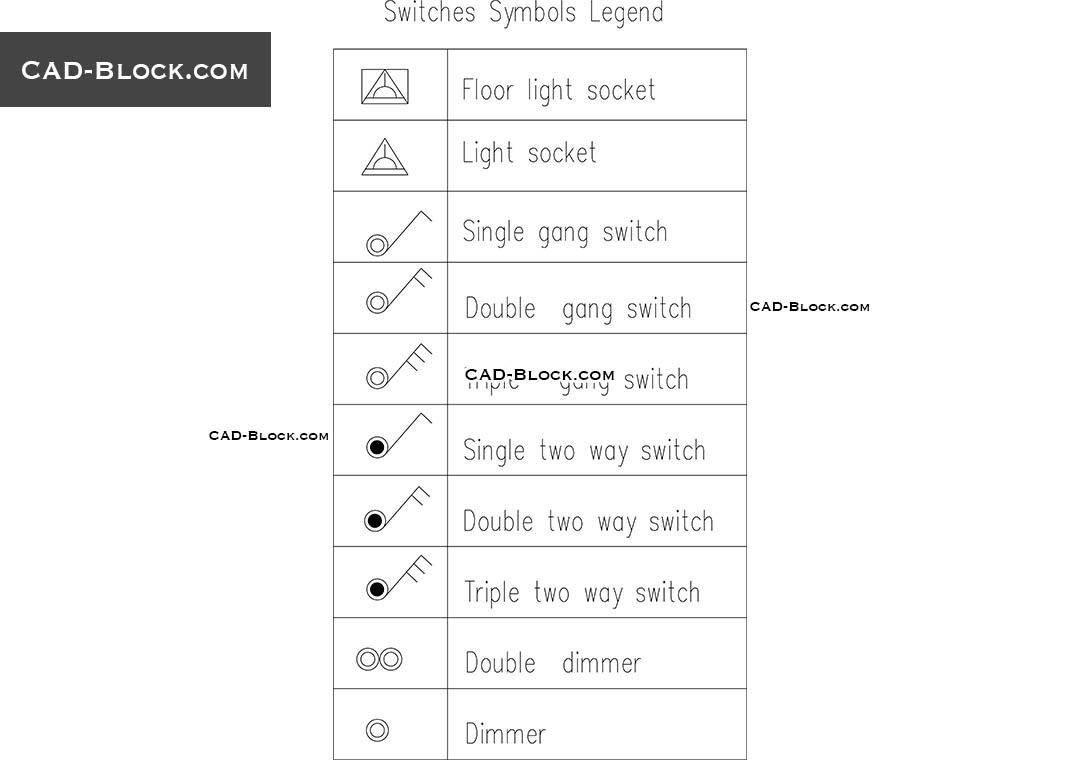고정 헤더 영역
상세 컨텐츠
본문


LoadMatic: Load Center DesignLoadMatic is used to manage the load lists, develop the auxiliary bus network, and automate NEC lookups to automate Switch Gear and MCC schedules. While these features can be provided with specific, company created Excel spreadsheet load tabulations; LoadMatic provides a method to quickly adjust load assignments as well. This software is used in conjunction with CableMatic Plus for cable routing with features such as automated adjustment of wire sizes based on cable lengths. LoadMatic will then take the data entered by the user and automatically create One-Line diagrams and Control Wiring Diagrams. The output of the software has been designed to provide data for software that does short circuit and voltage drop analysis; i.e. LoadMatic was designed to simplify the process of obtaining data from outside sources (P & ID apps ).Take a look at the table below to see some examples of LoadMatic's deliverables. Clicking on an image will produce a larger view.
LoadMatic Deliverables EXAMPLESDESCRIPTIONSAn example of a One-Line Diagram produced by LoadMatic. These diagrams are created automatically, by the push of a button, based on the information entered into the program.An example of a wiring schematic output by LoadMatic. Like the One-Line Diagrams, these schematics are created automatically by referencing the information in the database.A Microsoft Excel file populated dynamically by LoadMatic. This information is gathered by LoadMatic and sent to Excel.A panel schedule, created automatically, and placed into Microsoft Excel for customization.Still curious? Take a look at the video demonstration below to get a better idea of the awesome capabilities of GSN's LoadMatic software.
In the directory that holds your standard IEC symbols, there should be a folder called 1. This folder holds all the single line symbols that Autodesk provided for the symbol set. Check here first and then if you can't find what you are looking for, it's time to make them. To make a SLD block, open one of the existing blocks and select the WDTYPE attribute and hit CTRL-Shift- C and select the insertion point of the attribute. Now COPY the Horizontal & Vertical blocks you need to create from the standard block library to the 1- directory. Open each block and paste the attribute in to them. Save & close the file.
Autocad Electrical Single Line Diagram

Autocad Symbol Free Download
Once closed rename the file the file and add 1- to the end of the file name. That's it, you now have a new set of SLD block's. Regards Brad.




